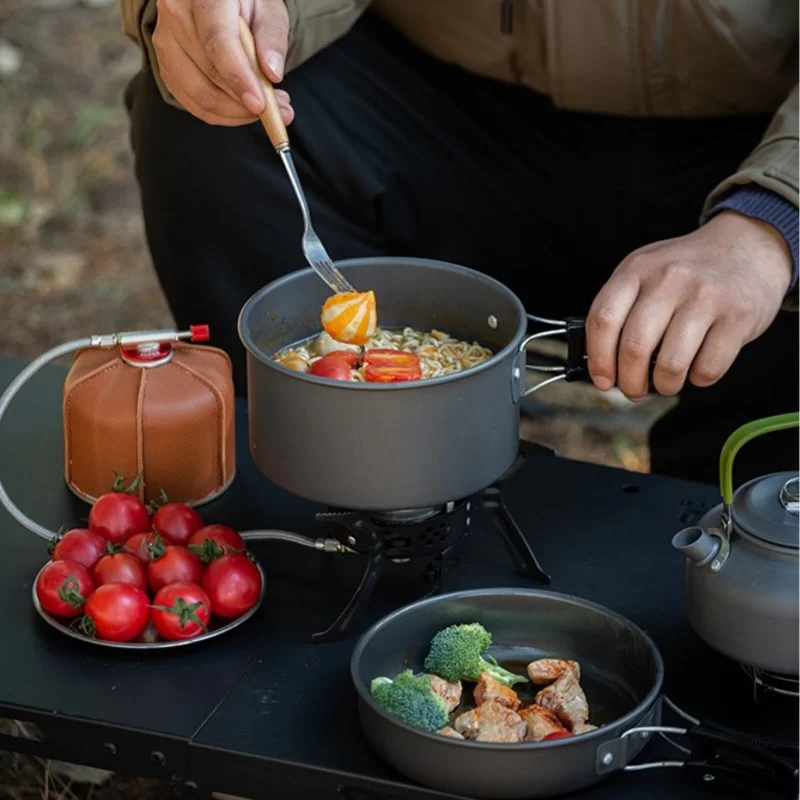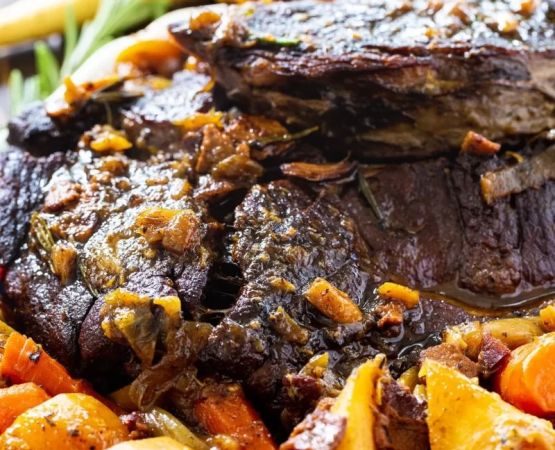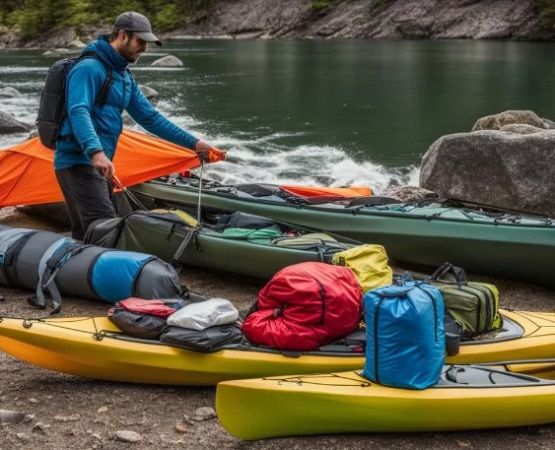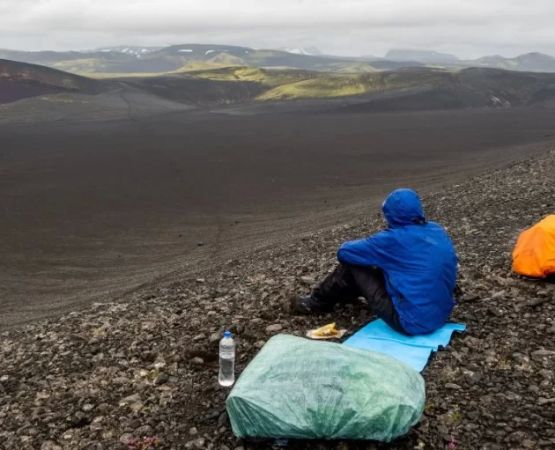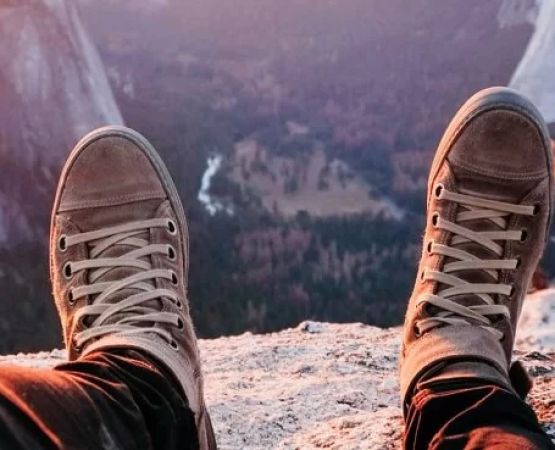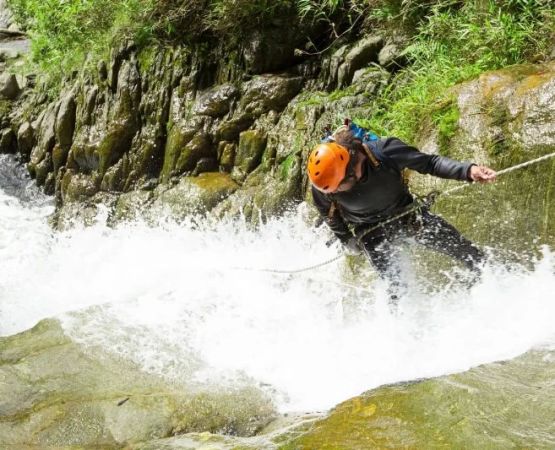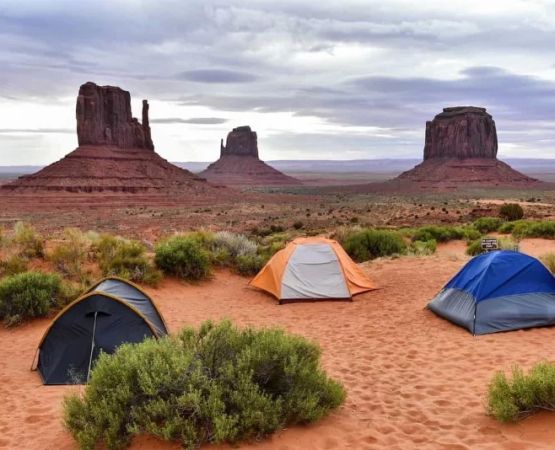- why-integrated-cook-sets-matter-on-the-trail
- key-factors-in-choosing-an-integrated-cook-set
- real-world-performance-in-backpacking-scenarios
- recommendations-based-on-backpacking-style
- where-to-find-trusted-cook-sets
1. Why Integrated Cook Sets Are a Game-Changer for Backpacking
When you’re several miles into the backcountry with the sun setting and hunger kicking in, simplicity is key. That’s where a backpacking cook set with an integrated stove shines. Instead of juggling mismatched pots, windshields, and burner parts, these all-in-one systems offer compact, fuel-efficient cooking with quick setup and minimal hassle.
Integrated cook sets combine a stove, pot, lid, and sometimes utensils or strainers into a single system—streamlining your pack and shaving precious ounces. The design also helps maximize heat transfer and minimize fuel usage, which matters when you're counting grams and BTUs in remote terrain. If you’re serious about backcountry meals without the complexity, this kind of system could be your best trail partner.
2. What to Look for When Choosing the Right Integrated Cook Set
2.1. Fuel Efficiency and Boil Time
Look for systems with built-in heat exchangers or wind shields, which drastically reduce boil times. A good set should boil 1 liter of water in under 3 minutes, even in light wind. Efficiency is not just about speed—it’s about conserving fuel, which can be hard to replace mid-trip.
2.2. Weight and Packability
Most high-performance integrated sets weigh between 10 to 20 ounces, with everything nested inside the cooking pot. Titanium models are ultralight but more expensive, while aluminum versions are slightly heavier but often more affordable. Consider what you're willing to carry for performance.
2.3. Capacity and Cooking Style
Are you a solo hiker or do you cook for two or more? A 0.8–1.0L pot is sufficient for most solo meals, while a 1.5L+ set better suits couples or small groups. Some sets are optimized for freeze-dried meals, while others allow simmer control for actual cooking.
2.4. Ignition and Control Features
Many integrated cook sets now come with push-button igniters, making them easy to start in wet or windy conditions. Flame adjustability is also key—especially if you want to do more than just boil water. Look for systems with good simmer control and stable pot stands.
3. How These Systems Hold Up in Real Trail Conditions
3.1. A Pacific Crest Thru-Hiker’s Perspective
During her 2,600-mile trek on the PCT, hiker Emily W. swore by her integrated stove system: “When it rained for four days straight in Oregon, it still boiled water like clockwork. The pot nested right into my bear canister. I honestly couldn’t have asked for a better piece of gear.”
3.2. Winter Use in High Elevations
Backpacker Greg L. tested his cook set in Colorado’s San Juan Mountains during February. “My old setup would barely light below freezing,” he shared. “The integrated set with an isobutane-propane fuel mix worked fast even in snow. And I didn’t need to fumble with multiple parts wearing gloves.”
3.3. Group Cooking on Multi-Day Treks
For small teams, integrated systems with larger pots and detachable stoves offer the flexibility of shared cooking. Groups on the Appalachian Trail have reported success rotating use of a single integrated system for evening meals while using smaller canister stoves for morning coffee or oatmeal.
4. Best Fit Based on Your Backpacking Style
4.1. Ultralight Solo Hikers
If you're counting every gram, opt for a titanium or aluminum ultralight set with minimal accessories. Prioritize low fuel consumption and compact form. Look for options with integrated handles, collapsible utensils, and removable lids that double as strainers or sipping cups.
4.2. Weekend Backpackers
For casual to moderate use, mid-range sets with decent boil time and moderate weight (under 18 oz) offer good performance at a fair price. Many of these include push-button igniters and simmer control—ideal for prepping dehydrated meals or pasta.
4.3. Cold-Weather or High-Altitude Trekkers
Prioritize fuel compatibility (propane mixes over butane) and a wide, stable base. Some integrated stoves even include pressure regulators that maintain consistent output in freezing temps. Don’t forget: wind protection can make or break winter meal success.
4.4. Group Hikers and Adventure Couples
Choose cook sets with larger capacity (1.5L and up), stable burner units, and optional add-ons like a second pot or skillet. If you share gear, weight can be distributed between packs. Consider carrying an accessory fuel canister to ensure uninterrupted performance.
5. Where to Find the Right Integrated Cook Set
Backpacking gear isn't something you want to gamble on—especially when it comes to your meals. That’s why many experienced hikers turn to platforms like Pine Cliff Resort, where product quality, durability, and real-world testing all play into the curated selections. Whether you're a beginner planning a two-night forest getaway or a thru-hiker tackling the CDT, you’ll find cook sets that meet your needs and your budget without compromising on safety or performance.
With expert reviews and product breakdowns by use case, Pine Cliff Resort simplifies the decision-making process—so you can spend less time second-guessing gear and more time enjoying the backcountry meals that fuel your adventure.

